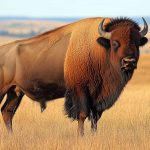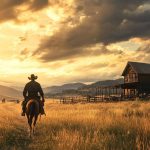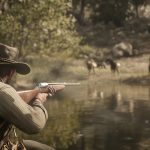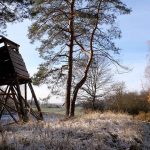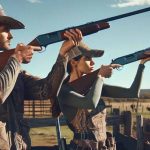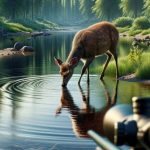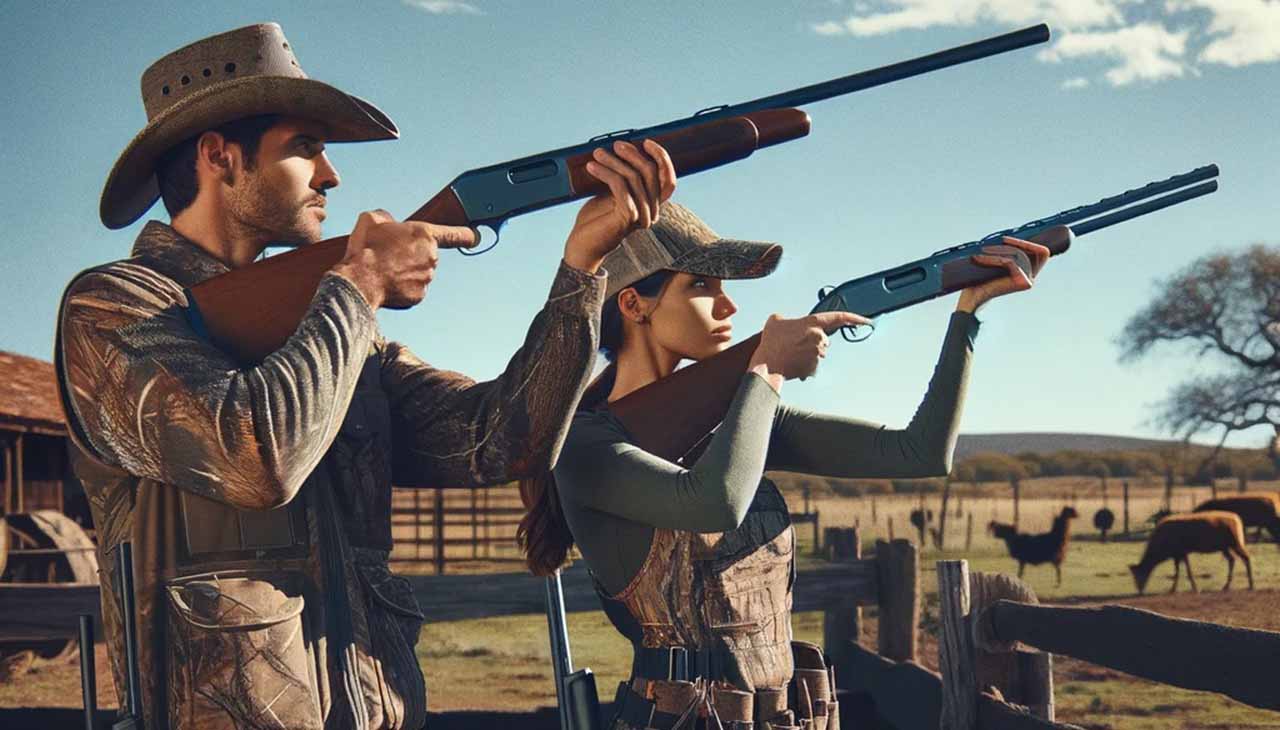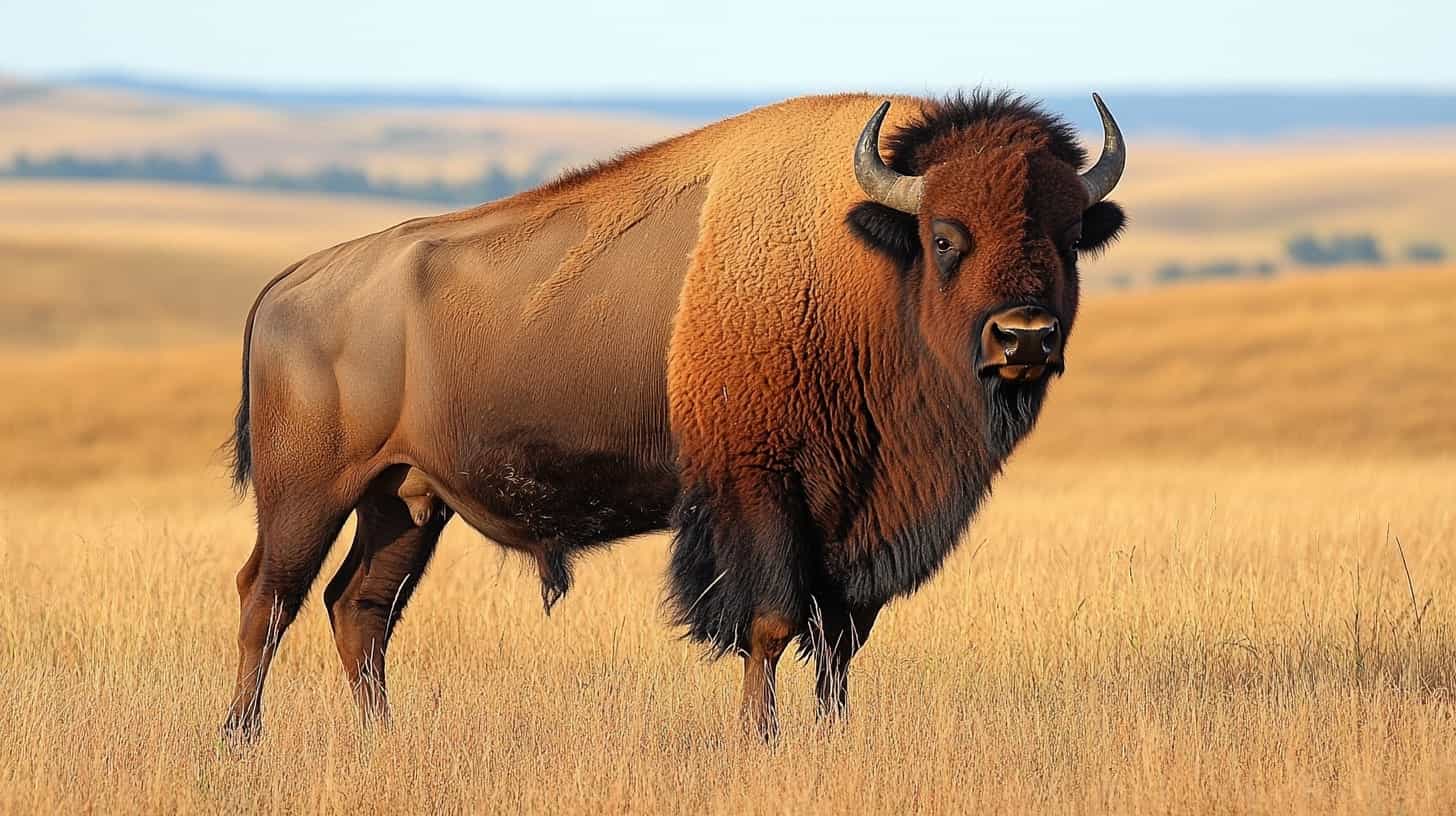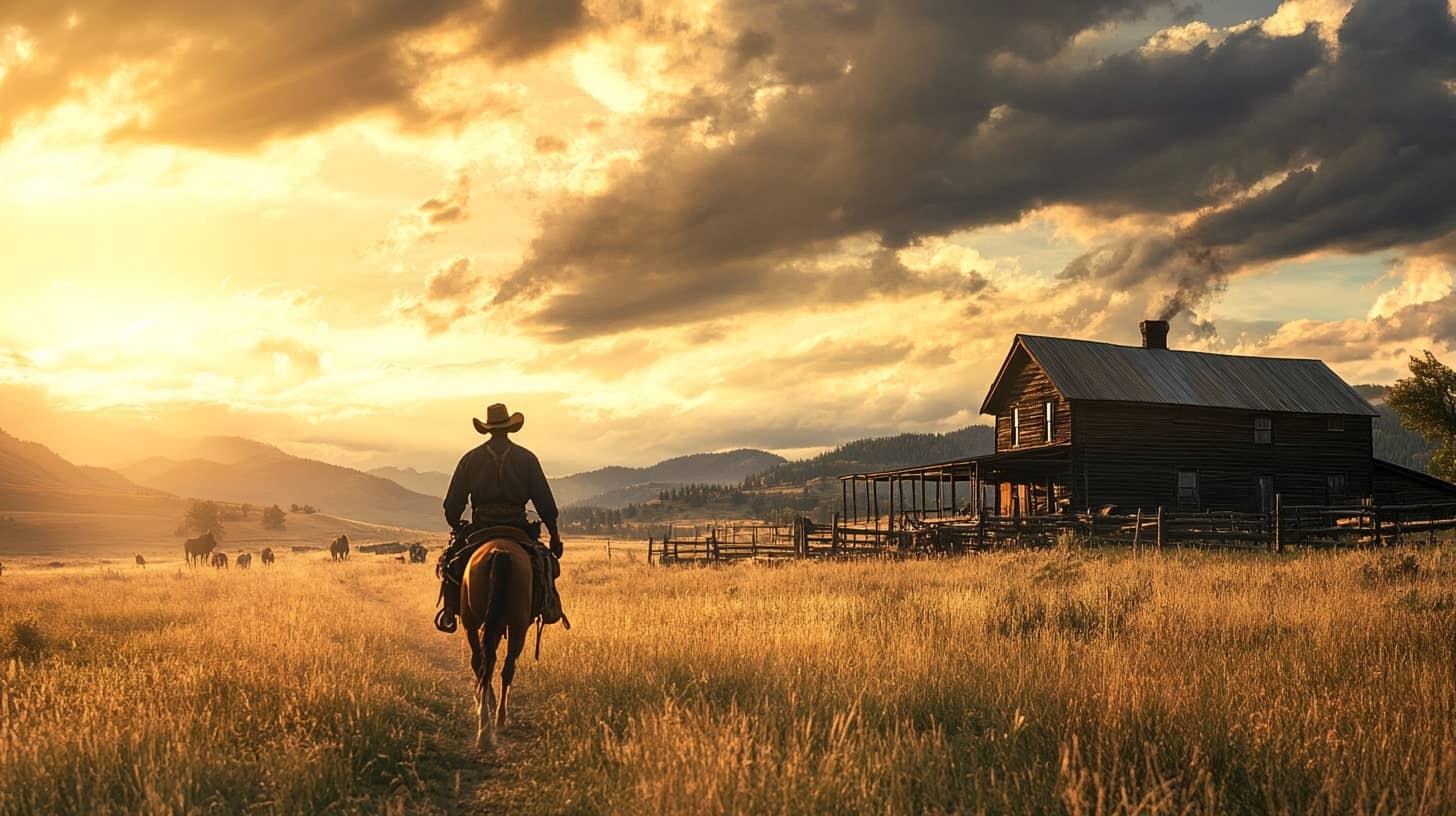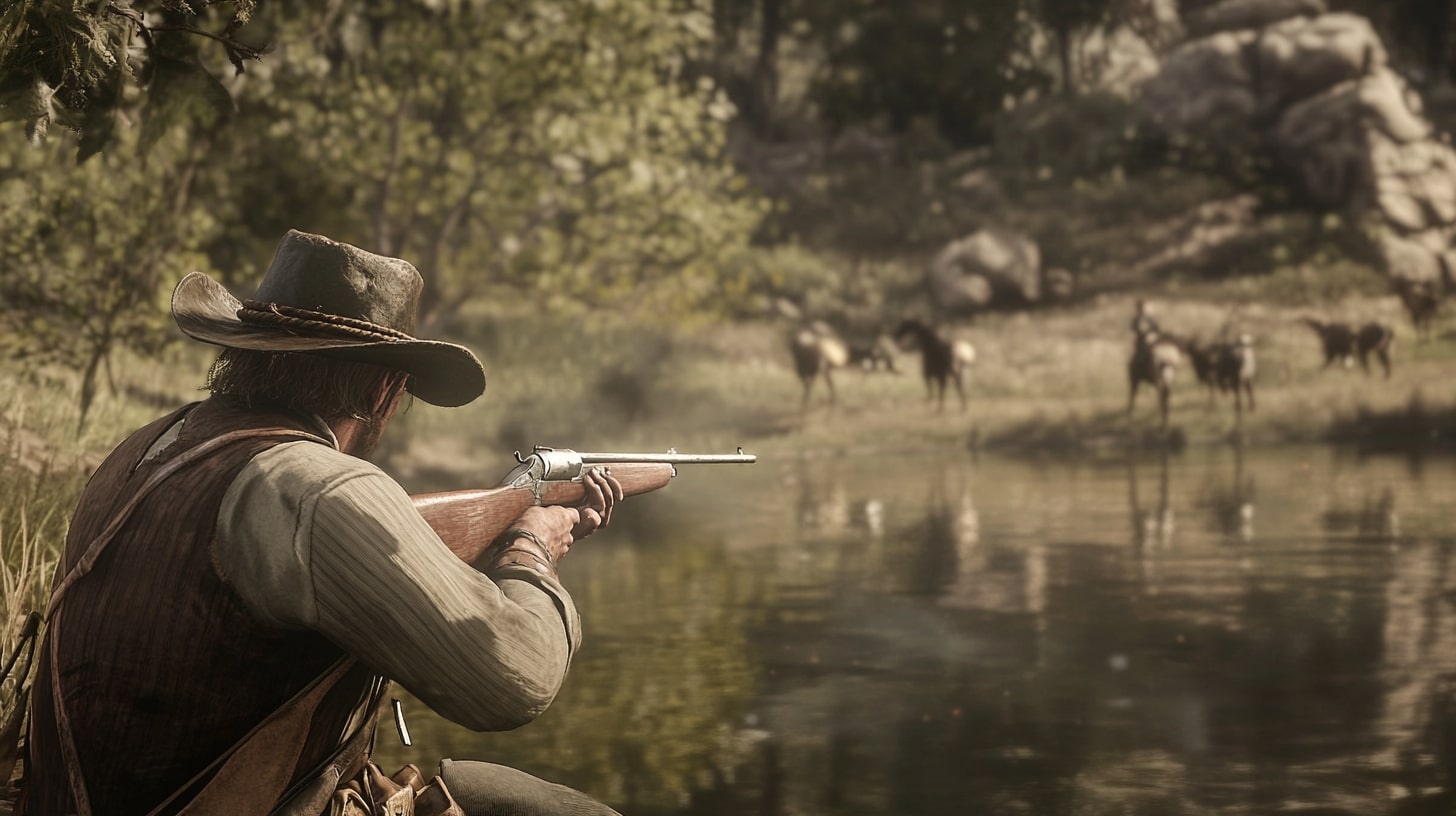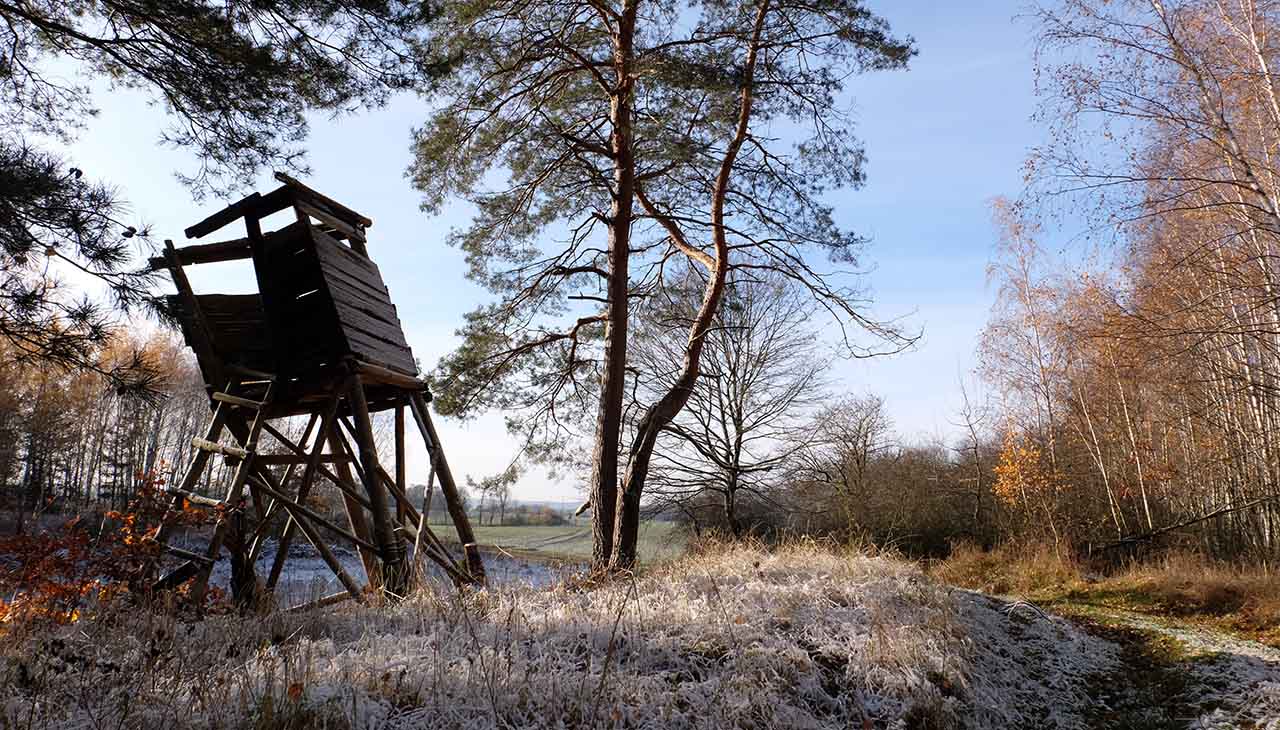Welcome to our comprehensive guide on seasonal game and hunting strategies at the ranch. In this guide, we aim to provide you with a thorough understanding of the various game species that populate our ranch throughout the different seasons, along with practical strategies to improve your hunting skills. From understanding animal habits to mastering tracking techniques, this guide will offer a holistic view of hunting as a sport, a survival skill, and a stewardship practice. Get ready to immerse yourself in the world of nature, where every season brings a unique hunting experience.
Spring Season
Spring is often characterized by mild weather and an abundance of vegetation, making it an ideal time for hunting certain game. The lush landscape provides a natural habitat for a variety of animals, with turkeys and wild hogs being notably prevalent during this season.
Turkeys, with their keen eyesight and elusive nature, are particularly challenging. As they start to emerge from their winter habitats, look for signs of feeding areas. These include scratched leaves, droppings, and feathers. Track down these areas early and set up a blind or tree stand in a strategic location.
Wild hogs, on the other hand, are notorious for their adaptability and destructive feeding habits. They can be found wallowing near water sources and rooting around in fields for food. Unlike turkeys, hogs have poor vision, but their sense of smell is exceptional. Therefore, when hunting hogs, wind direction is an important factor to consider. Always position yourself downwind of the hogs to avoid detection.
Summer Season
The summer season, while inviting with its clear skies and longer days, presents its own set of challenges for the avid hunter. The heat can be extreme during this period, which can not only affect the hunter’s comfort and endurance but also considerably reduce game activity during daylight hours. Animals prefer to stay in shaded areas to cool off, making them harder to spot and track.
In light of these circumstances, adopting alternative hunting methods can prove advantageous. One such method is night hunting, which allows you to target nocturnal animals such as coyotes. These creatures are more active during cooler nights and can provide a unique hunting experience.
To overcome the challenges posed by summer season hunting, the use of game cameras is highly recommended. These devices allow you to monitor feeding patterns and identify potential hunting spots without physically being present. They provide valuable insights into animal behavior, making it easier to predict their movements and time your hunts accordingly.
Remember, every season requires a different hunting approach. Adaptability and patience are key to a successful hunting experience.
Fall Season
The Fall season presents the perfect hunting opportunity for many enthusiasts. As the leaves change color and temperatures begin to drop, deer become the primary target for hunters. The Fall season aligns with the rut, or deer mating season, causing increased activity among deer populations. This makes it an opportune time to use calls or scents to lure bucks into your hunting area.
Additionally, small game species such as squirrels and rabbits are also active during this season. The falling leaves from trees make it easier to spot these animals and provide an exciting hunting experience. However, stealth and patience are key here, as these small creatures are quick and have a keen sense of danger.
Being the transition period before winter, Fall also serves as an essential time for animals to forage and store food. Setting up near feeding areas can yield successful results. It’s beneficial to use tree stands or ground blinds to stay hidden and keep a lookout for the game. Using binoculars can help pinpoint animals at a distance and aid in planning your approach. As always, remember to respect the wildlife and follow ethical hunting practices.
Winter Season
The winter season brings its own unique blend of challenges and opportunities for hunters. With the arrival of cold weather, snow blankets the landscape, creating a serene yet challenging hunting environment. The snow can aid in tracking games: footprints, feeding spots, and trails in the snow can provide valuable clues about animal activity.
Hunting big game, such as elk or moose, is a popular winter activity. These animals are more active during the cold months as they need to eat more to maintain their body temperature. You can follow their trails in the snow and use baiting techniques to draw them into your range. Consider setting up near feeding areas as these animals are driven by the need to eat and survive the harsh winter conditions.
However, hunting in winter requires careful preparation, especially in terms of clothing and gear. Dressing in layers is a must to keep warm and protect against hypothermia. Start with a moisture-wicking base layer to draw sweat away from your body, followed by an insulating layer to retain heat, and finally, a waterproof outer layer to shield against snow and rain. Your clothing should be quiet and in colors that blend with the winter environment.
In addition to clothing, it’s important to have the right gear. Insulated boots and thick gloves are essential to keep your extremities warm. Consider using heated insoles or hand warmers for added warmth. Carry a thermos with hot beverages to stay warm throughout your hunting expedition. And don’t forget a high-quality, waterproof binoculars for spotting games at a distance.
Remember, hunting is not just about the pursuit, but also about respecting nature and understanding the animals you’re tracking. Successful winter hunting requires patience, resilience, and a deep appreciation of the stark beauty of the winter landscape.

